For many children and teens, the COVID-19 pandemic has had a negative impact on mental and social well-being. And, as we enter the colder months and children are stuck inside their homes, away from friends, it will be even more difficult for youth to safely maintain social connections. While most interactions will continue to be virtual, there are ways to support your child to have more engaging and meaningful virtual connections.
In advance of virtual hangouts, consider brainstorming specific topics to talk about, current life events or ideas they want to share or questions they want to ask the other person. You can also promote positive social connections by planning interactive virtual activities that your child and their peers agree upon. Below are some virtual hangout ideas to consider:
Virtual hangout activities for young and school-aged children:
- Lunch hour with classmates or family members. This can be done during the school week or on a weekend when more time can be spent chatting.
- Scavenger hunt. Have a list of items for each child to find in their own homes. For example, for younger children you could have a list of colors or shapes while for older children your list may include certain materials or themes. Start a timer and see who can find the items first! Bring them back to the screen to share with friends.
- Play charades! Create your own prompts ahead of time or use a charades generator online.
- Show and tell. Choose a beloved or interesting object or recent project to share. Schedule a virtual holiday sing-along party with friends and family.
- Have a dance party! In advance of the scheduled hangout, each parent can purchase glow in the dark sticks. One person can be the designated DJ and take requests for music!
- Create art! Plan for children to draw, color or paint and then share their creations.
- Read a story. Children can read a story to a friend or grown-up. If you can share the book on the screen, children can engage in “popcorn” reading where they rotate reading each sentence or page.
Virtual hangout activities for teens:
There is no doubt, this generation of pre-teens and teens are the experts on virtual technology and various apps! We recommend talking with your teen about how they use these apps to interact with their peers. Brainstorm with your teens about ways they could use certain apps or video chat to interact with their peers and friends in positive, fun and engaging ways. Here are some suggestions for virtual teen hangouts:
- Make a funny video, create a TikTok duet or do a challenge with a sibling or friend (e.g., exercise challenge, learn a new skill challenge). Encourage your teen to showcase their individual talents or interests (art, cooking, music, sports, etc.).
- Follow the same recipe to cook a meal with a friend over video chat.
- Schedule “homework parties” to work on projects or complete homework together in a “virtual study hall.”
- Create a quiz game in Kahoot and play with friends and classmates to study for an upcoming test. Or your teen can use it to create their own game for fun with friends like “two truths and a lie.”
- Host a virtual talent show with friends, classmates, teammates or cousins.
- Plan a virtual game night with friends using apps alongside video chat like Skribbl or virtual Bingo.
Family activities
Setting time aside for family activities is also important. Schedule activities for gathering together and engaging in shared activities such as:
- Bundle up and go for a hike
- Cook family dinner together at least once a week.
- Game night. Learn a new game or play an old time favorite with all members of the household.
- Karaoke night. Use the television or other technology to pull up lyrics to favorite songs and sing individually or as a family.
- Family movie night. Consider setting up a fort of blankets or gathering on the couch. Choose a favorite snack and vote on the movie to watch!
Checking in with your child
As children and teens continue to push through this pandemic, the stress that builds up from disruptions with school, home, peer socialization or other life events can impact their well-being. It is important to check in with your child about how they are coping. Though parental support is not a replacement for peer interaction, having open communication can help children who feel lonely or isolated. Consider having a designated weekly check-in to see how everyone in the family is doing and regularly schedule one-on-one time with your child. If you notice changes in your child’s mood, energy, sleep or appetite, or if you are unsure if your child or teen could be experiencing challenges with mood, worry, attention or behavior, reach out and establish care with a mental health provider to give your child additional support.
Finally, as a parent, it is hard to be there for your child when you are feeling burned out and exhausted yourself. To help your child or teen thrive, it is important to also nurture yourself as thoughtfully as you care for your family. Prioritize adequate sleep, eating wisely, exercise and keep working on the important social relationships in your life too.
 https://riseandshine.childrensnational.org/wp-content/uploads/2025/11/two-friends-feature.jpg
300
400
Danielle Robbins
https://riseandshine.childrensnational.org/wp-content/uploads/2017/11/childrens_riseandshine_logo.jpg
Danielle Robbins2025-11-13 13:55:082025-11-14 10:17:49Navigating friendships when your child has epilepsy
https://riseandshine.childrensnational.org/wp-content/uploads/2025/11/two-friends-feature.jpg
300
400
Danielle Robbins
https://riseandshine.childrensnational.org/wp-content/uploads/2017/11/childrens_riseandshine_logo.jpg
Danielle Robbins2025-11-13 13:55:082025-11-14 10:17:49Navigating friendships when your child has epilepsy



 Ashley Ramos, PhD, was a pediatric psychologist in the Division of Allergy and Immunology at Children’s National Hospital. She specializes in providing outpatient therapy services to children with food allergies and their families.
Ashley Ramos, PhD, was a pediatric psychologist in the Division of Allergy and Immunology at Children’s National Hospital. She specializes in providing outpatient therapy services to children with food allergies and their families.
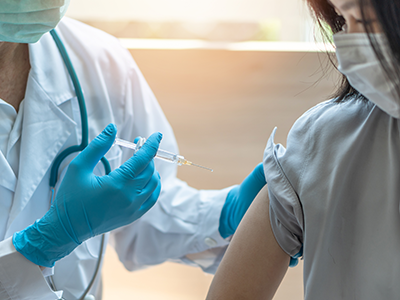






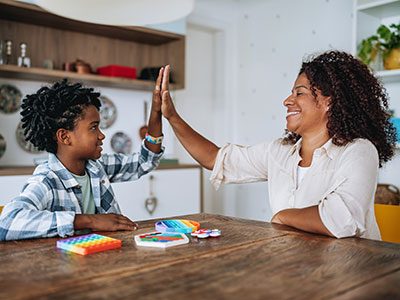



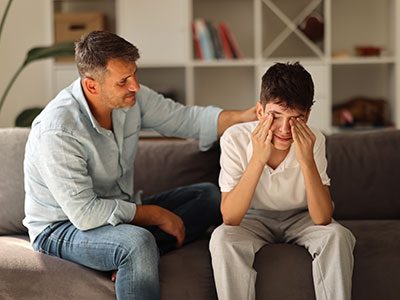



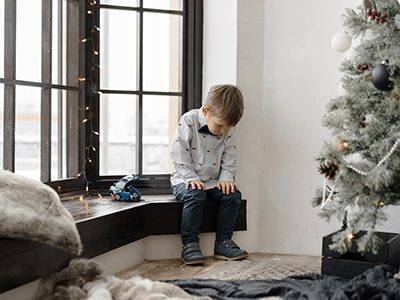
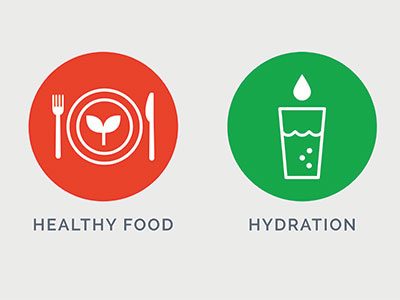

Leave a Comment
Want to join the discussion?Feel free to contribute!